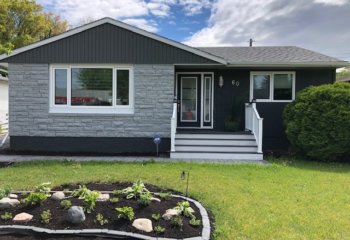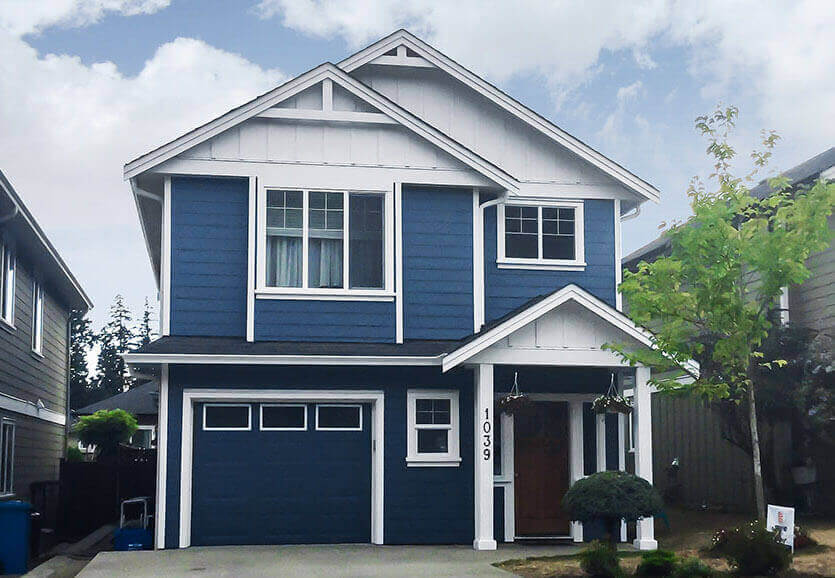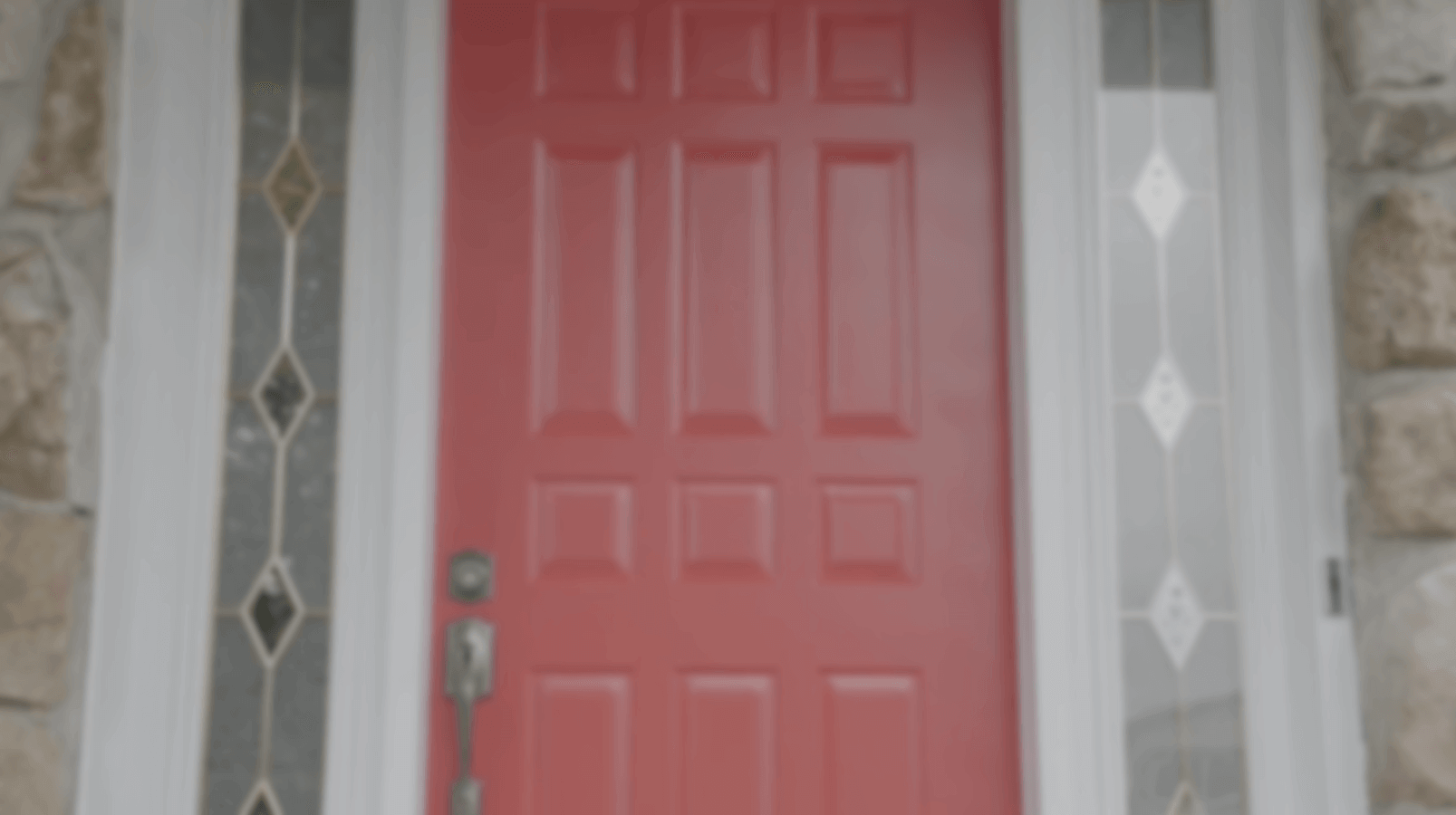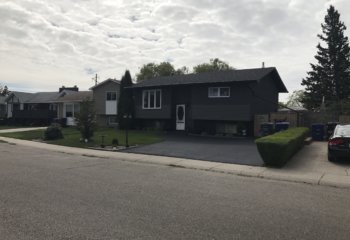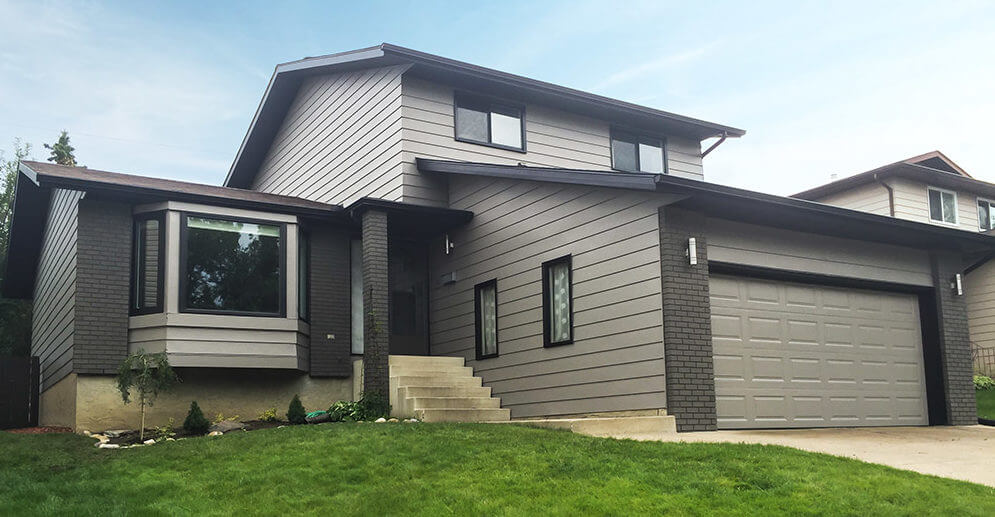When homeowners wonder, “How long will my roof last?” the answer often hovers around 20-30 years for a typical asphalt shingle roof. Weather, maintenance, and quality play a role, sure—but the real story starts after installation. Roofs don’t just “wear out” in one dramatic moment. They break down slowly, and the first domino to fall is something you might not even notice: granule loss. Those tiny particles on your shingles aren’t there for looks alone—they shield the asphalt from UV rays, wind, and rain. Lose them, and the asphalt dries out, cracks, and kicks off a chain reaction that speeds up deterioration.
Think about a brand-new roof. It’s got a pristine layer of granules, ready to take on the elements. But even then, those granules start shedding almost immediately. Research shows new asphalt shingles can lose up to 10% or more of their granules in the first few years, depending on conditions like storms or heat. That’s because they’re simply embedded into the asphalt during manufacturing—not “glued.” Over time, weather and wear loosen them, and once they’re gone, the asphalt’s exposed and vulnerable. It’s the beginning of the end.
Now, imagine a different approach. What if you could resurface your roof with real roofing granules but lock them in place with something far stronger than what a shingle starts with? That’s where Liqua-Roof comes in. It’s not just a coating; it’s a patented blend of proprietary resins that envelops real roofing granules (the same ones you’d get on a brand-new roof) in a clear, durable bond that mimics the aesthetic of a fresh roof while holding those granules with a grip that’s much tighter than a new shingle’s. This isn’t a quick fix—it’s a game-changer for roof longevity. 
Compare that to other solutions. Rejuvenators, for example, can extend a roof’s life by re-moisturizing the asphalt, keeping it flexible and slowing the drying process. With three treatments—say, one every five years—you might tack on up to 15 years. That’s valuable, but it’s not the whole story. Granules keep shedding, and the asphalt keeps getting hit. It’s a temporary boost, not a root-cause fix. Granule loss is the real culprit behind roof aging, and unless you stop it or replenish what’s been lost, you’re just delaying the inevitable.
So, how do you figure out what “long-lasting” means for your roof? Look at the facts. Granule loss kicks off deterioration. A new roof starts losing granules right away, shedding its protection over a number of years. Rejuvenators might stretch that timeline, but they don’t stop the shedding. Now picture a roof resurfaced with Liqua-Roof: real granules, locked in by a patented resin blend, losing 90% less granules than a new roof backed by third part ASTM D4977 tests. If granules are the key to keeping asphalt safe—and asphalt health is the key to roof life—what happens when you nearly eliminate that loss?
You don’t need bold claims to see the picture. A roof that holds onto its granules longer protects its asphalt longer. Protected asphalt doesn’t crack or crumble as fast. Could this patented Liqua-Roof system outlast a traditional roof? Think about what drives roof failure and where this solution steps in. The conclusion’s yours to draw—but the science behind granule retention might just rewrite your expectations.
Subscribe to our blog & newsletter.
This is the advantage of subscribing to our blog.




